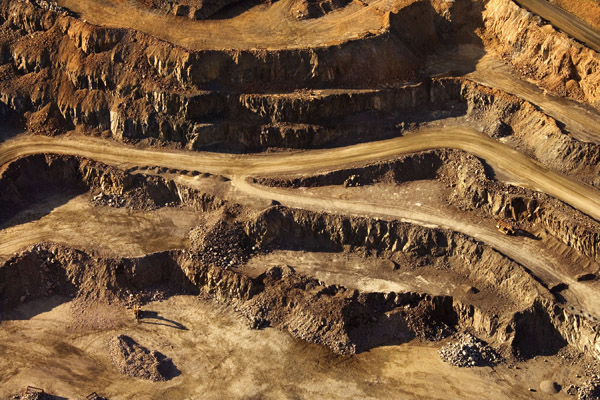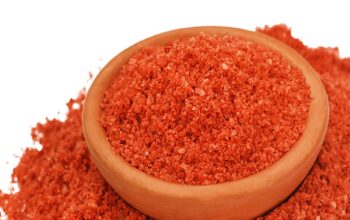Puneet Parikh (New Delhi, India)
This report broadly analyzes the global phosphate fertilizer market to shed light on critical aspects such as the market dynamics, competitive strategies, and regional / leading company analysis. Although COVID-19 pandemic and coincidental calamities may indicate a grim future for the global fertilizer market over 2021, in reality, market fundamentals remain surprisingly strong and beneficial outcomes may be in the offing.
In 2020, the phosphate market has been forced into restructuring due to falling prices and increased competition from North Africa and the Middle East. But while phosphate prices started 2020 at decade-long lows, global benchmarks have been rising since mid-2020 after a year of losses, pushed up by tight supply and a slight increase amid COVID-19 lockdowns. In late 2019 and early 2020, several industry majors announced plans to cut down production. In China, three main phosphate producers, GPCP, Yihua and YTH, scaled back production by 40%, while Morocco’s OCP Group cut granular phosphate production by 500 000 t between December 2019 and February 2020. In Russia, PhosAgro limited exports by 20% in January and February 2020, while in the US, Mosaic idled its Uncle Sam and Faustina phosphate complex for a couple of months due to maintenance and cut production at its Florida facilities for January and February. Nutrien converted its 650 000 tpy MAP plant in Redwater, Canada to ammonium sulfate.
But prospects now look brighter. Eurochem, a Swiss-headquartered nitrogen and phosphate fertilizer company, predicted early in 2020 that healthy soil moisture levels in India and favourable barter ratio in Brazil would support phosphate demand in the second half of 2020 and in 2021. In India, excellent growing fundamentals helped support DAP demand throughout 2020, driving fertilizer sales up by 36% year-on-year, while a normal monsoon prompted the agricultural ministry to forecast record levels for wheat, rice and other crops and with the momentum expected to continue throughout in 2020 and beyond. In June 2020, Russian phosphate rock exports from major producers PhosAgro, Eurochem and Acron were hampered due to the collapse of the only railway bridge used to transport bulk commodities to the major port of Murmansk. The Murmansk region accounted for 2.06 million t, or 80% of all Russian phosphate rock exports in 2019. But despite the exports being held up for more than a month,
PhosAgro has announced plans to increase production by 30% by 2025 at its Balakovo and Volkov facilities in Russia.
While demand is forecast to grow gradually over the next few years, any price rises will be curbed by growth in capacity and production in lower-cost producing countries. For example, Morocco’s OCP Group teamed up with European partners Budenheim and Prayon to construct a new plant at Jorf Lasfar, a deep-water commercial port located on the country’s Atlantic coast, to produce purified phosphoric acid. This will increase the current capacity of Jorf Lasfar facility by 50% from 140 000 tpy to 280 000 tpy when it becomes operational in late 2022. Also Saudi Arabian Mining Co.’s subsidiary, MWSPC, is scaling up production at the Kingdom’s Wa’ad Al Shamal complex with 3 million tpy of diammonium phosphate (DAP) and monoammonium phosphate (MAP) granulation capacity.
As for China, the country’s total processed phosphate consumption is forecast to fall by 2.5% year-on-year in 2020 as a result of losses in DAP and SSP demand, but recover slowly and steadily in 2021, according to Argus Analytics. The government’s strict control measures implemented in January 2020 to contain the COVID-19 outbreak put logistical constraints on fertilizer producers and farmers. These measures in turn resulted in a fall in phosphate demand during 2020, which is, however, expected to recover in 2021 on increased crop acreage. This prediction casts doubt on the assessment expressed by some industry insiders that, in the long term, Chinese exports would be significantly reduced, which will in turn benefit the supply and demand balance. But China’s Ministry of Agriculture authorized an increase in grain planting areas in 2021, including requiring rice farmers to plant two seasons of the crop, called ‘double cropping’, to replace some ‘single cropping’ to ensure sufficient food supply. A continuous recovery in China’s pig herd from the African swine fever will also likely lead to the increase in feed production in the country this year, which will in turn boost demand for processed phosphates.



